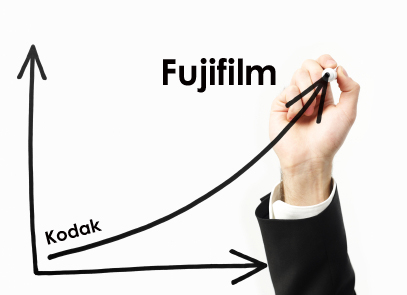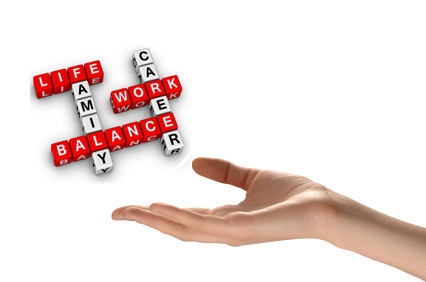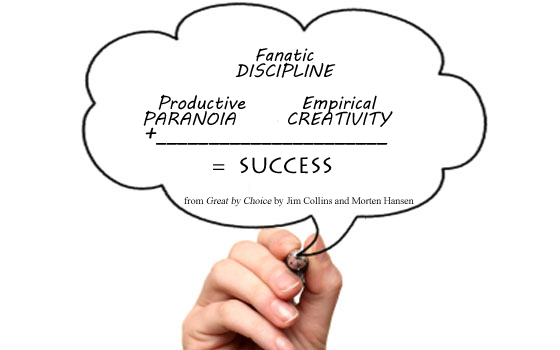 How many times during the day do we pause and remind ourselves of what the intention of the day was?
How many times during the day do we pause and remind ourselves of what the intention of the day was?
What if instead, discipline became a habit? What would the impact be?
When I read a recent post by Tony Schwartz, author of Be Excellent at Anything, I was reminded of this quote:
“Discipline is the bridge between goals and accomplishment.” -Jim Rohn
Tony describes it this way:
“Put simply, the more conscious willpower we have to exert each day, the less energy we have left over to resist our brain’s primitive and powerful pull to instant gratification. According to one study, we spend at least one-quarter of each waking day just trying to resist our desires — often unsuccessfully.
Conversely, the more of our key behaviors we can put under the automatic and more efficient control of habit — by building something he calls “Energy Rituals” — the more likely we are to accomplish the things that truly matter to us.
How different would your life be, after all, if you could get yourself to sleep 8 hours at night, exercise every day, eat healthy foods in the right portions, take time for reflection and renewal, remain calm and positive under stress, focus without interruption for sustained periods of time, and prioritize the work that matters most?
The solution is to learn how to co-opt the more primitive habit-forming regions of our brains, so that rather than reinforcing our negative impulses, they become the soil in which we build positive rituals that serve our long term interests.
So how do you get started? Begin, by slowing down. Speed is the enemy of reflection, understanding and intentionality. When we slow down, we can begin to notice both what’s driving us, and how to take back the wheel.” Click here for the full article.
For further reflection on this topic, I am reminded of these previous EKSleadership posts:
- The Ever Elusive Search for Work-Life Balance 2/5/12
- Take a Pause and Avoid Missing Out-Of-Context Opportunities 12/18/11
- Nothing Wasted: Making the Most of “Down” Time 9/13/11


















 The initial results of my Pivot are excellent. I feel I have much greater clarity regarding the next 3-5 years..
The initial results of my Pivot are excellent. I feel I have much greater clarity regarding the next 3-5 years.. 